A peaceful burial ground in Kamloops shelters the unrecorded histories of the first Chinese immigrants who settled there. The Chinese Cemetery stands as a physical representation of both death-related suffering and the traditional death customs of Chinese culture. During the late 1800s Canada received thousands of Chinese workers who performed railway and mining duties and operated local businesses. The Chinese people encountered both racial prejudice and excessive taxation and lost their basic rights during their time on earth. The main cemetery rejected Chinese immigrants from burial because of racial segregation laws. The city granted this land for burial purposes but placed it outside the town limits as a symbol of their social segregation that persisted after death. The Chinese community maintained profound respect for their deceased loved ones despite the discrimination they faced. The gravestones displayed Chinese characters which included names together with hometowns and wishes for peaceful afterlife rest. Traditional burial rituals were essential. Families performed rituals by presenting incense together with food and spirit money as offerings to their deceased loved ones. Through these practices the spirits received proper care in the afterlife while staying linked to the living world. The practice of burning joss paper known as spirit money’ served to provide ancestors with wealth and comfort during their existence in the afterlife. Chinese funeral customs base their fundamental belief on the continuous connection between earthly existence and what comes after death. Time has caused numerous graves to fade from memory while the cemetery endured years of abandonment. The stones in this cemetery carry stories about a community which contributed to Kamloops development yet lost their place in local historical records. The space requires our attention to understand how we should honor people who were previously barred from memory. What measures should we take to preserve their historical accounts from disappearing?
Category Archives: About Us
Ensuring History won’t repeat itself
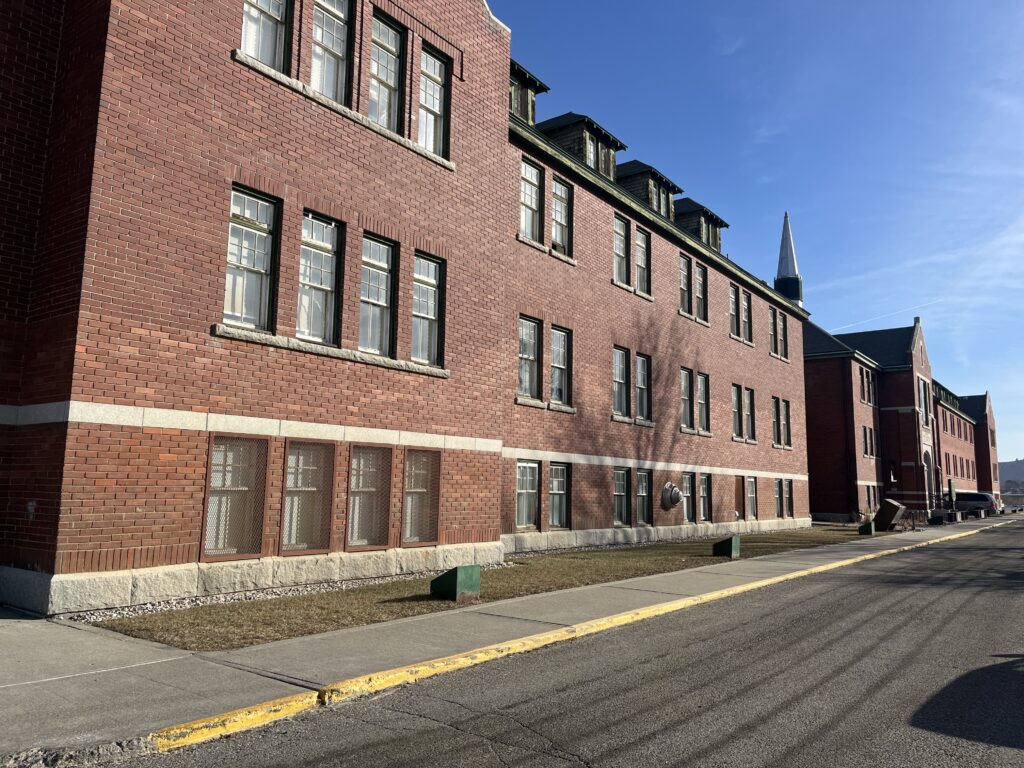
The residential school in Kamloops has had a dark twisted past that I have only began to scratch the surface on. Although there is a more that can be discover through the school and what actually went on there, it is important that people at least have some understanding of what happened in Kamloops and how it is still effecting the Indigenous peoples in present time. This is why I decided to interview my roommate Isabella Pridemore, who is a first year student at TRU and been hearing all the information and reading all the stories I have been doing this semester on the residential school. She has found it very interesting and knowledgable about a topic that is not learned about enough in earlier education. Having only living two hours away he whole life in Chilliwack, she was surprise of how little she learned until taking an interest in the stories this semester. Isabel is a great example of how people do not know their own history anymore and are clueless to their country’s dark pasts, leaving history to repeating itself open. Isbel shares openly how learning about the residential school has changed her perspective not only on Kamloops, but Canada as a whole, she also advocates about everyone one should learn about the dark pasts that no one talks about as it educates people into not making the same mistakes, but instead learning and growing from it.
The Step Forward: Focus on Empowering Indigenous Voices WIthin The Kamloops Community
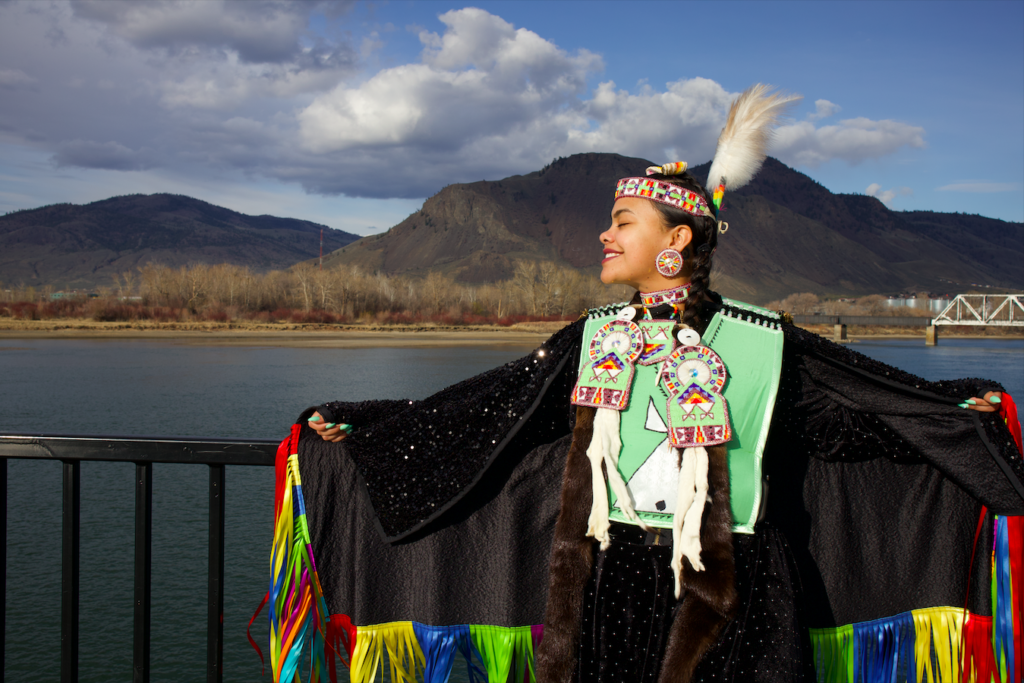
It has only been 29 years since the last residential school in Saskatchewan closed. It has not even been half a century and it demonstrates how fresh the wounds are from the pain and struggles Residential school survivors endured. I believe the best way to prevent retraumatization is to focus on Indigeneity and embrace their talents and bravery. Redirecting the attention toward Indigenous accomplishments and highlighting their culture is essential in today’s media censorship.
The Everlasting Trauma: How Kamloops Residential Schools Leave Their Mark Years Later.
Residential schools have been a glanced over past of Canada’s past that it not talked about due to the tragedies that took place during the era. It is important to know what happened at the residential schools and Indigenous effected by it, but it is almost important to learn about how residential schools affect multiple generations of a family. With Indigenous culture being lost through residential schools, it brings on trauma for not only those affected by schools personally but also their family members of different generations. In the interview conducted I speak with Douglas, my neighbour who attends TRU to be a mechanic, and who’s parent were directly affected by the residential school as they did attend one. Being apart of the Kamloops residential school the story is relevant to hear since he explains how the school trauma his parents faced has affected Douglas into adult hood. Douglas believes that it is important to learn about how trauma doesn’t just effect the people that were directly exposed to it, but instead passed down generations with long lasting effects. The interview is a casual setting where Douglas talks about how his childhood was growing up with parents who were a residential school and how it may have influenced his life differently from regular people. He also talks about how his cultured is lost but he and his family still try to connect with it as much as they can.
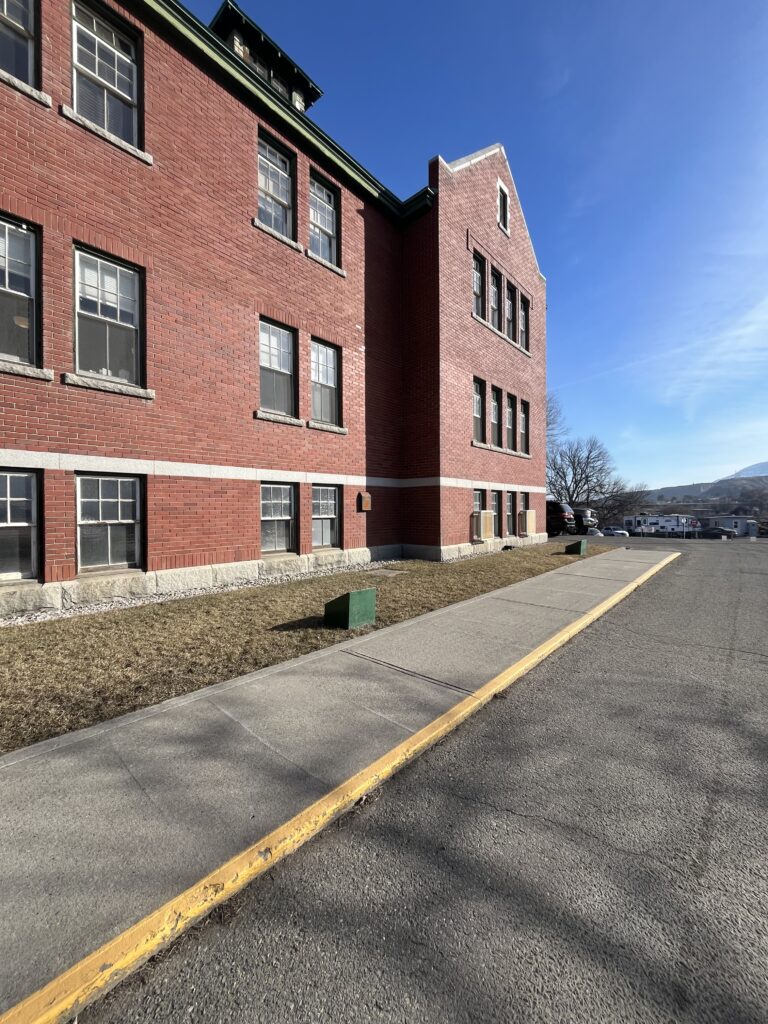
Preserving the Traditions: How Kamloops’ Chinese Cemetery Helps to Keep the Culture Alive.
Johnny is an international student from China, who is studying Computer Science at Thompson Rivers University and he shared his thoughts about the cemetery and Chinese burial traditions.
The Cemetery serves as a connection between the two cultures if the Chinese and the Canadians and thus conserves a story of hard work and devotion. He is not sure what is happening over there, but he is sure that they must be taking care of the Cemetery and perhaps arrange some ceremonies at the time of the Qing Ming Festival. Traditional funerals for Chinese people entail rituals like coffin preparation during which the dead body is dressed and got ready for burial, and funeral procession where the family and friends walk behind the hearse to say their goodbyes. Offerings are made of food and fake items such as money and objects which are believed to be used in the afterlife. According to Johnny, the trend is that youth are less interested in these customs, especially in urban settings.
Nevertheless, the Kamloops Chinese Cemetery preserves the cultural heritage and continues to maintain the roots and history for the generations to come.
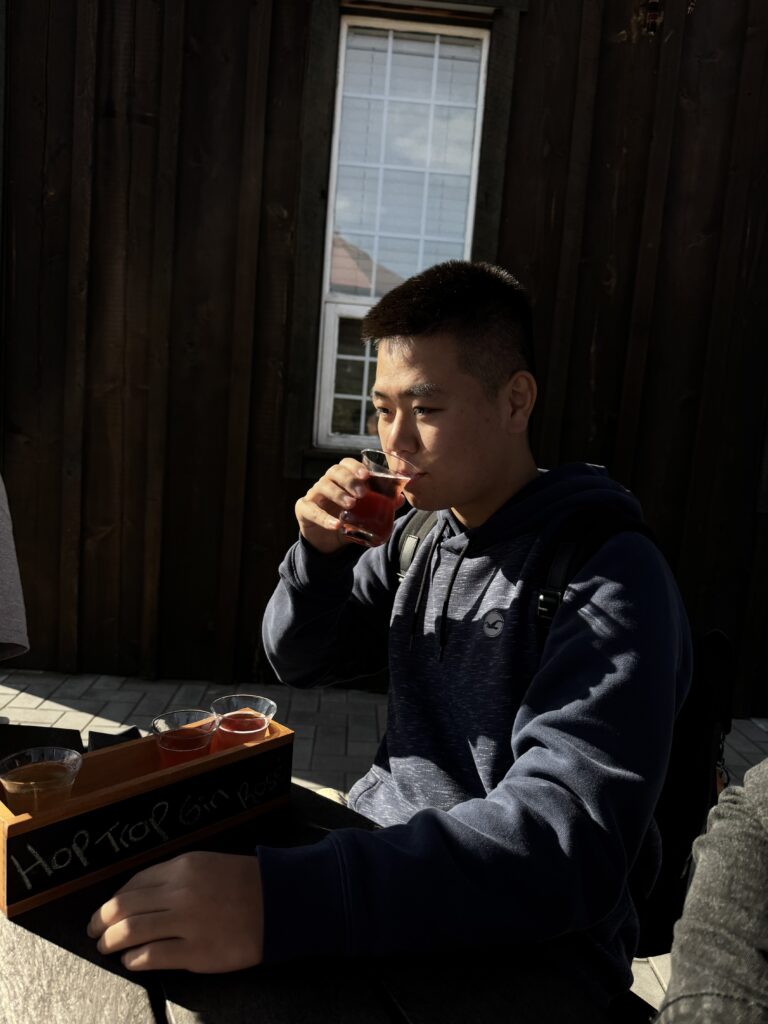
About Riya

Hi, I am Riya, a second-year student studying Communications at Thompson Rivers University(TRU). I am an international student from India and coming to Kamloops made me interested in the history of the place and its past with indigenous people. During this semester my investigative partner Macy will be mainly focusing on The Chinese Cemetery and its history. Our whole group is keen on researching and getting to know more about these places than we know. Throughout the semester we will be covering various landmarks such as the cemetery, Indian Residential School and Tranquille Sanatorium. Our main aim is to highlight the relevance of these places and their stories today and foster a deep understanding of their aftereffects on the community and their collective memories.
About Macy
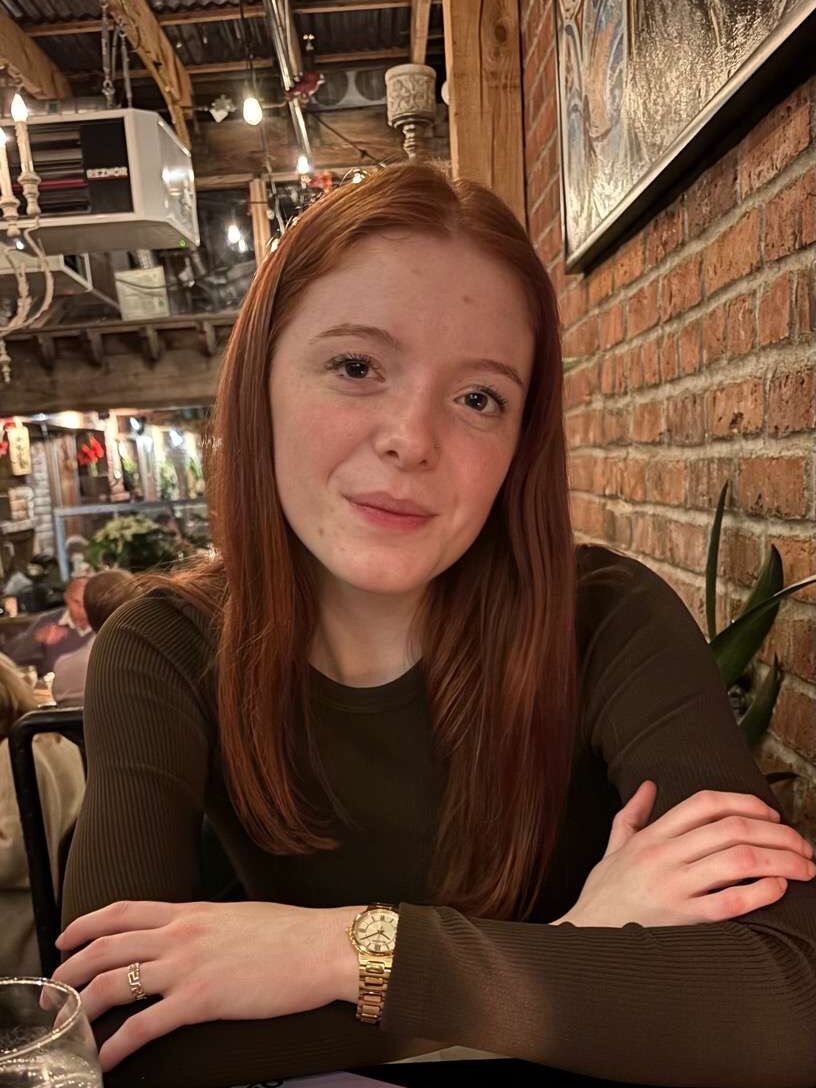
Hi, I am Macy Block, a second-year student at Thompson Rivers University studying arts! While the creation of Tragic Truths of Kamloops is part of my Journalism course, the content of my exploration of the Chinese Cemetery in Kamloops, British Columbia is more than just coursework to me! This is because one of my passions is studying Canadian history so I am intrigued to take a deep dive into the dark historical truths surrounding the history of the cemetery. Throughout this website my co-writers and I will share the facts contextualizing why locations such as the Tranquille sanitorium, the Chinese cemetery and the residential school in Kamloops have “dark” histories. Along with giving you these facts about the cemetery, my reporting partner Riya Patel and I, hope to find new stories to share, compellingly broadening the awareness of T.R.U. ‘s population about their own communities’ history.
About Rayne

Hello, I am Rayne Dallas a second-year transfer student at TRU in the Communications and Digital Journalism degree. I am excited to write informational stories about Kamloops Residential School not only for this course load but also because I believe that this is a time in Kamloops past that should be known and talked about in the present. I believe it is important that the community of TRU knows about the events that have helped shape this town good or bad, and knowing the history of not only the city but Canada as a whole is always good for its citizens. Throughout the course, I am excited to take a deeper dive into the residential school with its history and facts to bring to you truly compelling stories. Every town has its version of “tragic truths” but learning from them is the way that generations can grow from the past.
About Luigi

Hello, I’m Luigi Guilles, a second-year international student from the Philippines. Before coming to Canada, I lived in Qatar for over a decade where I did my highschool studies – though I was born and raised in the Philippines until the age of 8. I have always loved media and am an active social media user, therefore it was only fitting for me to get a higher level of education on my interest. Though this course is a requirement for my degree, I find that attaining journalism skills is essential in networking and preventing the spread of misinformation.
Studying at Thompson Rivers University has enlightened me on Indigeneity, the Indigenous culture and also about Land Acknowledgement which is new knowledge to me as the academic curricula in both Qatar and Philippines lacked this. As I learned more about Kamloops History and the Secwépmec culture, it intrigued me to write stories on the former Kamloops Indian Residential School and further explore the real tragedies that accured in such a discriminatory institution. Tragic Truths of Kamloops aims to shed light on these strories and as an author I hope to provide our audience authentic and engaging news!
About Maria

Hi, I am Maria Schrauwen, a second-year Arts student at Thompson Rivers University studying English! For my journalism class, myself and my team will be working on a project called Tragic Truths of Kamloops, where we explore the history of significant places around the city. One of the main focuses my partner Kendra and I will be looking into is Tranquille Sanatorium, a location with a complex past. We are learning about its history and the experiences of the people who were there, uncovering some powerful stories that have been forgotten. In addition to the sanatorium, the rest of the team will be investigating other important sites around Kamloops, such as the Chinese cemetery and the residential school; to gain a deeper understanding of the local history and the impact it had on the community. Through this project, we hope to share these stories in a way that honours both the people and the events that shaped our city, all while also helping others connect to the past in a meaningful way.
